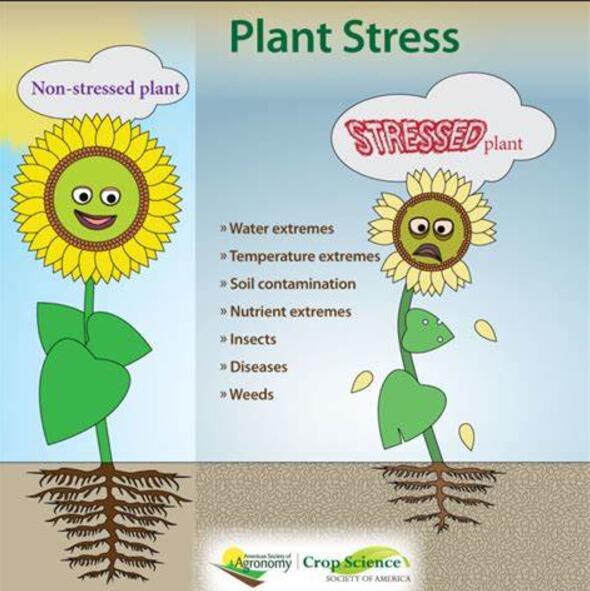Integrated analysis of metabolomics and transcriptomics reveals the metabolites responsible for the antioxidant activity of water caltrop hull
IF 6.8
Q1 PLANT SCIENCES
引用次数: 0
Abstract
The water caltrop (Trapa genus, Lythraceae family) fruit hulls are used as traditional herb medicines in China, Korea, and India due to their secondary metabolites. Although the hulls of multiple water caltrop varieties are applied as herb in these countries, few studies have assessed the metabolite diversity across water caltrop varieties. Here, six representative water caltrop varieties which were distributed in China and significant phenotypic difference, were chosen as the model to analysis the metabolome variation. The wild water caltrop and cultivated water caltrop have significant differences in size, volume, and weight of the fruit. The hulls of water caltrop had abundant secondary metabolites, including flavonoids, polyphenols, polysaccharides, and terpenoids. The metabolomes of the cultivated water caltrops were quite different from those of the wild ones. The abundance of flavonoids in the cultivated water caltrop hulls was lower than that in the wild hulls based on the UPL-MS analysis. The flavonoid composition also differed significantly among the water caltrop varieties. For instance, kaempferol-4′-O-glucoside was absent in three wild water caltrop varieties (Sijiaoyeling, Sliuling, and Geling). The antioxidant activities of the hull extracts of the cultivated water caltrop, SHL and WL, were similar. On the contrary, the extract of the wild water caltrops showed variation in both DPPH radical-scavenging and ferric reducing/antioxidant power. Subsequent analysis indicated that the flavonoids abundance was strongly correlated with the antioxidant activity. Besides, variations were detected in the expression levels of genes associated with flavonoid biosynthesis among the six water caltrop hulls. Comprehensively analysis of the metabolome and antioxidant activity of wild and cultivated species of water caltrop provide a new perspective for utilizing water caltrop varieties.
求助全文
约1分钟内获得全文
求助全文
来源期刊

Plant Stress
PLANT SCIENCES-
CiteScore
5.20
自引率
8.00%
发文量
76
审稿时长
63 days
期刊介绍:
The journal Plant Stress deals with plant (or other photoautotrophs, such as algae, cyanobacteria and lichens) responses to abiotic and biotic stress factors that can result in limited growth and productivity. Such responses can be analyzed and described at a physiological, biochemical and molecular level. Experimental approaches/technologies aiming to improve growth and productivity with a potential for downstream validation under stress conditions will also be considered. Both fundamental and applied research manuscripts are welcome, provided that clear mechanistic hypotheses are made and descriptive approaches are avoided. In addition, high-quality review articles will also be considered, provided they follow a critical approach and stimulate thought for future research avenues.
Plant Stress welcomes high-quality manuscripts related (but not limited) to interactions between plants and:
Lack of water (drought) and excess (flooding),
Salinity stress,
Elevated temperature and/or low temperature (chilling and freezing),
Hypoxia and/or anoxia,
Mineral nutrient excess and/or deficiency,
Heavy metals and/or metalloids,
Plant priming (chemical, biological, physiological, nanomaterial, biostimulant) approaches for improved stress protection,
Viral, phytoplasma, bacterial and fungal plant-pathogen interactions.
The journal welcomes basic and applied research articles, as well as review articles and short communications. All submitted manuscripts will be subject to a thorough peer-reviewing process.
 求助内容:
求助内容: 应助结果提醒方式:
应助结果提醒方式:


